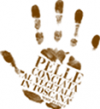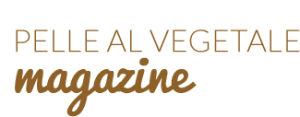Tuscany is a land of excellence, creativity, knowledge and ancient craft that are passed on from generation to generation. Tuscan vegetable tanned leather is a concrete example of this but it’s not the only one; actually there are a lot of products that contributed over the centuries to make of Tuscany a symbol of tradition.
In the book “The art of silk: a history of silk manufacturing in Tuscany”(2010), written by Daniela degl’Innocenti and Mattia Zupo and published by Edifir, the authors retrace the main stages of Florentine silk industry, through documentation of various types.
The historical record starts from the origin of silk manufacture in Tuscany, precisely in Lucca, and tells the development of this activity and the qualitative improvement of these products over 13th and 14th century.
The Tuscan manufacture has always aimed at quality, considering quality as the sole valuable objective at the expense of the production volumes and ephemeral quantity. Not only quality for itself, but also structure, efficient organisation and the understanding of general background: these are the characteristics that differentiated the Tuscan productions.
Over the centuries the manufacturing activity, as well as the skilled Lucca craftmen, moved to Florence: this allowed the city to compete with the other European production centres during the 15th century.
In Florence a new business model was developed, called “setaiolo”, with a thorough organisation of the companies, which had to manage more professionals than before. So, basically, the seeds of the first industrial revolution started slowly to sprout.
The historical “trip” continues on 16th century, the period in which Medici’s family favored the silk manufacture thanks to their interest in having a production process more and more based on quality. Also in this part the book is extremely specific and shows, through appropriate documentation, the level reached by this type of manufacture during those years.
Upgrading, adherence to new trends and style changes: these are the topics when the authors tell about the 17th and 18th centuries. This book is a story that tells with simplicity the development of the industry and brings up all the important moments: the French competition and the arrival of “opificio”, the new business model.
The book, in the last part, explains the origin of silk and the manufacturing process that brings this precious textile fibre to become one of the most valuable fabrics and describes two places in Florence where silk is still produced according to tradition: the Antico Setificio Fiorentino and the Fondazione Arte della Seta Lisio.
So, in the end, the book is suitable both for professionals and for beginners, since we can find in it all the basic elements about the product and the process. It’s also suitable for the silk connoisseurs thanks to its historical focuses and anecdotes.
Silk, as well as vegetable-tanned leather, is a concrete example of how “Tuscany is sweet hills and vineyards, culture and tradition, artists and master craftsmen sharing creativity and genius.”



